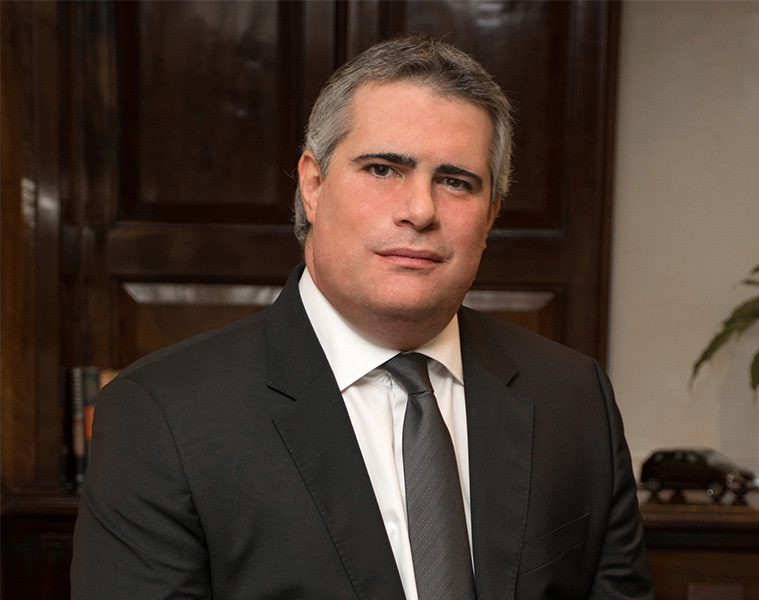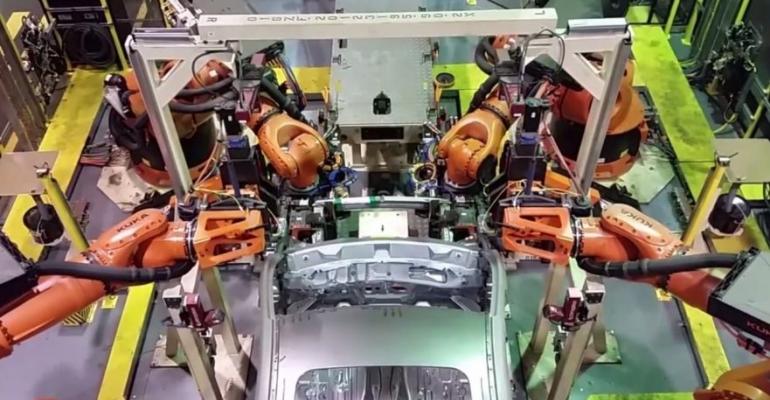Brazil’s automotive industry is optimistic about the future, now that the new government of right-wing President Jair Bolsonaro has left the Route 2030 package of industrial incentives untouched.
Bolsonaro, who assumed office Jan. 1, had criticized Route 2030 (Rota 2030 in Portuguese) in November as a potential waste of money. But outgoing President Michel Temer signed Route 2030 into law anyway, and thus far – more than three months into his presidency, Bolsonaro has not changed the program.
Route 2030, a 14-year offer of tax credits worth billions of dollars to auto and auto-parts manufacturers in Brazil, has been eagerly anticipated as the industry struggles to grow sustainably following the country’s exit from recession in 2017.
Route 2030 offers BR2.1 billion ($535 million) in tax incentives for 2019 to eligible manufacturers, and BR1.5 billion ($382 million) annually thereafter until 2030. The program applies specifically to profitable auto companies actively investing in R&D, especially those creating technologies that boost energy efficiency within Brazil.
“Everything indicates that, from now on, we will exchange the shocks and storms of the past for the routes of calm and predictability,” Antonio Megale, president of the National Association of Motor Vehicle Manufacturers (ANFAVEA), tells Wards.
An official at Brazil’s Ministry of Development, Industry and Foreign Trade says the program is “already in progress,” even though some details are still being discussed and are awaiting Congress and Senate votes.
These details relate to four elements vetoed by Temer before leaving office, which include import-tax exemptions for automakers regarding parts and materials imports; exemptions on taxes on imports and financial operations for manufacturers of small motor vehicles; the reintroduction of the REINTEGRA tax benefit for exporting manufacturers to the auto sector; and the exemption of some companies from certain payroll rules.
However, the broad-based Route 2030 tax-reduction measures remain intact, covering manufacturers of the electric and ethanol-fueled motor vehicles that make up the bulk of Brazil’s auto output. Also, existing special tax incentives benefiting Ford and Fiat plants operating in the country’s poorer northeast region until 2025 have been retained. And tax breaks for four motorized tricycle and quadricycle manufacturers located in the Manaus Free Trade Zone, in the Amazon region, remain intact.
The Superintendence of the Manaus Free Trade Zone said in December it expects Route 2030 to directly benefit four companies operating locally: Suzuki, Moto Honda da Amazônia, Kawasaki’s AVA Industrial SA and Kasinski.
Not all manufacturers in Brazil are satisfied with Route 2030. The country’s auto industry struggled during its recent recession, seeing production fall almost 50% between 2013 and 2016. Senior industry figures have commented that Route 2030 fails to tackle deep-seated problems regarding the structure and operation of Brazil’s automotive sector.
In a March 24 op-ed in Brazilian newspaper Estadão de São Paulo, economist José Roberto Mendonça de Barros called the program a “false ‘solution’ to compensate for sector inefficiencies.”
Barros argued that by focusing on new technology and encouraging new plant construction, Route 2030 would do more for smaller newer manufacturers who need such help, but less to help longer-established automakers with larger shares in the Brazilian market, such as Volkswagen and General Motors, who have significant legacy plant and high labor costs.
As a result, Route 2030 might not improve business conditions for manufacturers who still provide the lion’s share of autos in Brazil, Barros wrote.
GM’s South America president Carlos Zarlenga (below, left) shares Barros’s concern, telling financial newspaper Valor Econômico in March that global automakers’ head offices had begun to question whether the failure of productivity to increase when the recession passed meant the Brazilian auto sector’s lack of competitiveness was “chronic.”
 On the plus side, the Brazilian government has more room to maneuver in operating and even changing its new automotive industrial policy, following a December ruling from the World Trade Organization’s appellate body.
On the plus side, the Brazilian government has more room to maneuver in operating and even changing its new automotive industrial policy, following a December ruling from the World Trade Organization’s appellate body.
It reversed some earlier findings by a WTO disputes-settlement panel that Brazil had broken global trade rules through the operation of the expired Inovar-Auto support system, by offering subsidies to manufacturers who used a certain proportion of domestically produced parts and other inputs over those imported from abroad.
While some criticisms of the system’s discrimination against the use of imports were upheld, others were reversed, such as where Inovar-Auto rules stressed that supported manufacturers should use in-house inputs, rather than those sourced from other companies. The appellate body noted these suppliers could just as easily be based in Brazil as outside the country, clearing such rules for future government auto-subsidy programs.
– with Keith Nuthall





